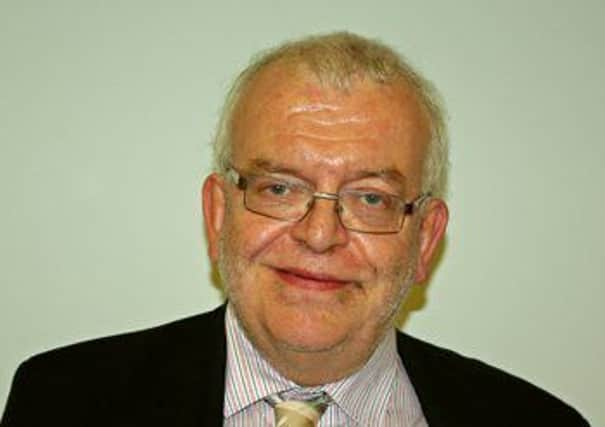Imbalance fuels the bias in transport planning towards typically male modes


Women make up only one-fifth of transport sector employees across Europe. Currently the Registers of Scotland figures for 2017 estimate the population is 49 per cent male and 51 per cent female but women hold only 6.25 per cent ‘Head of Transport’ positions in public bodies in Scotland despite these senior staff being responsible for championing the interests of citizens. Transport operators have similar gender gaps, and the UK transport sector’s average pay gap is over 5 per cent.
As humans we are biased by personal experience. The male-dominated transport sector leads to poor understanding of the factors that contribute to current gender bias. This gender imbalance fuels the bias in transport planning towards typically male modes and patterns of travel.
Advertisement
Hide AdAdvertisement
Hide AdWomen play a much greater role in childcare and caring professions generally which are associated with more complicated transport needs. As a result of the male bias, transport planning has traditionally emphasised peak-hour road congestion related to employment, when carers are as likely to be travelling off-peak and to destinations other than employment centres. Women are more likely to need to align trips for different purposes, being twice as likely as men to drop off or pick up children on their commute, undertaking more food shopping trips, and more likely to accompany elderly relatives to the doctor.
Women use public transport more than men, yet they face many barriers that limit their mobility. A recent report prepared for Scotland’s transport think tank the Scottish Transport Studies Group by policy specialist George Eckton showed how women were often being inadvertently excluded from participating fully within the labour market. This has serious social and economic consequences, and runs counter to the stated aims of government and business for inclusive growth.
These problems have fallen below the radar of transport planners because decision-makers relied on biased data. Transport agencies often opt for technological solutions to replace staff because the data on costs and benefits ignores information about perceptions of safety and security. If planners focus on the needs of people, they invest in different solutions. For example, accurate, real-time information helps passengers to feel safe and plan limited time-budgets better.
Bridging the gender data gap will create better decision-making processes. More decisions across the sector must included plans for diversity, outlining clear actions and accountability for delivering them. Auditing progress and publishing the results is a clear sign of action. This might include auditing the diversity of skills, knowledge and lived experience of transport.
Transport improvements are much more than the large centrally-directed physical infrastructure schemes that remain a major focus of planning effort. A much richer and more inclusive approach to delivery will be enabled by people who have a sense of ownership and who benefit directly from changes. These are much more likely to be schemes that do not even get discussed in the boardroom. Equality needs to be embedded across organisations and communities so that all of us may play our part in making improvements.
Many current corporate communications speak to those over-represented within the industry, but giving stronger voices to women in leadership positions ensures that new perspectives and experiences are included in decision-making processes. Positive change will rely on supporting women in career progression, improving consultations and policy appraisal, adding more audit to transport decision making processes and seeking active engagement with women and capture their views.
In reflecting on how far we have come over the last 100 years the recent CILT event allowed members of the profession to also think about the next 100. Gender equality is not just an issue of human rights, but makes social and commercial sense. Transport planning is improving by using better evidence to organise action. With the right leadership, people will soon look back on 2019 and wonder why a gender gap was accepted for so long.
John Yellowlees, Chair, CILT Scotland